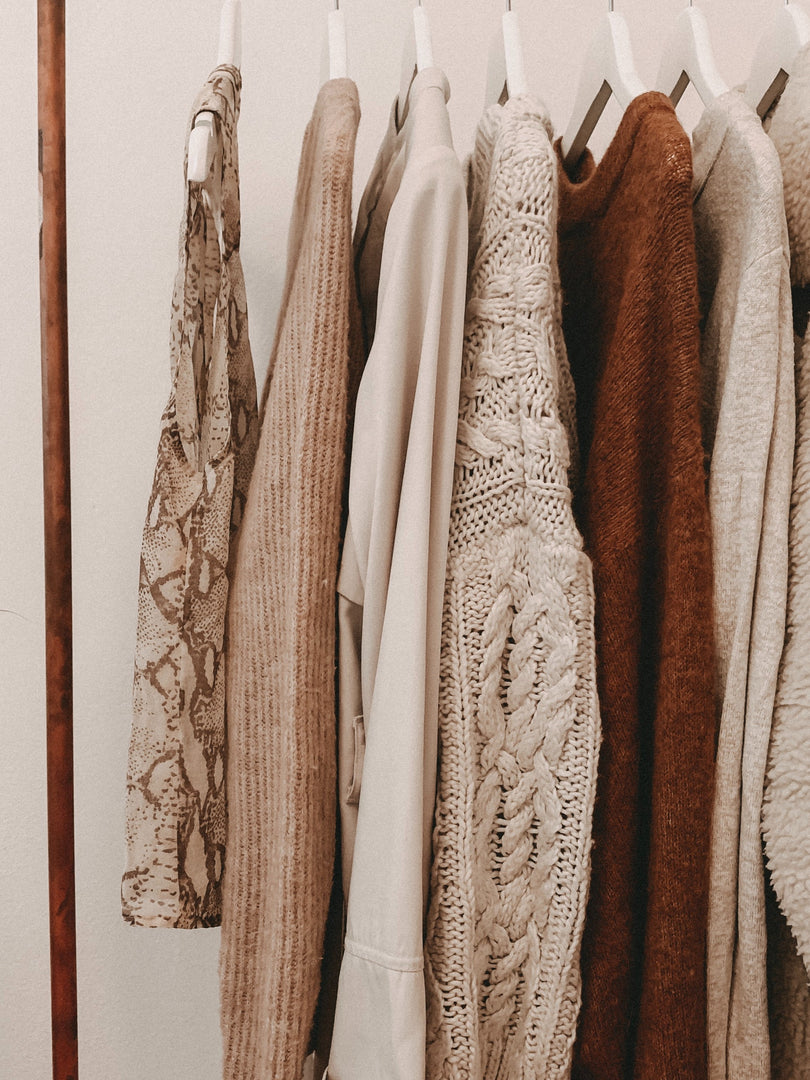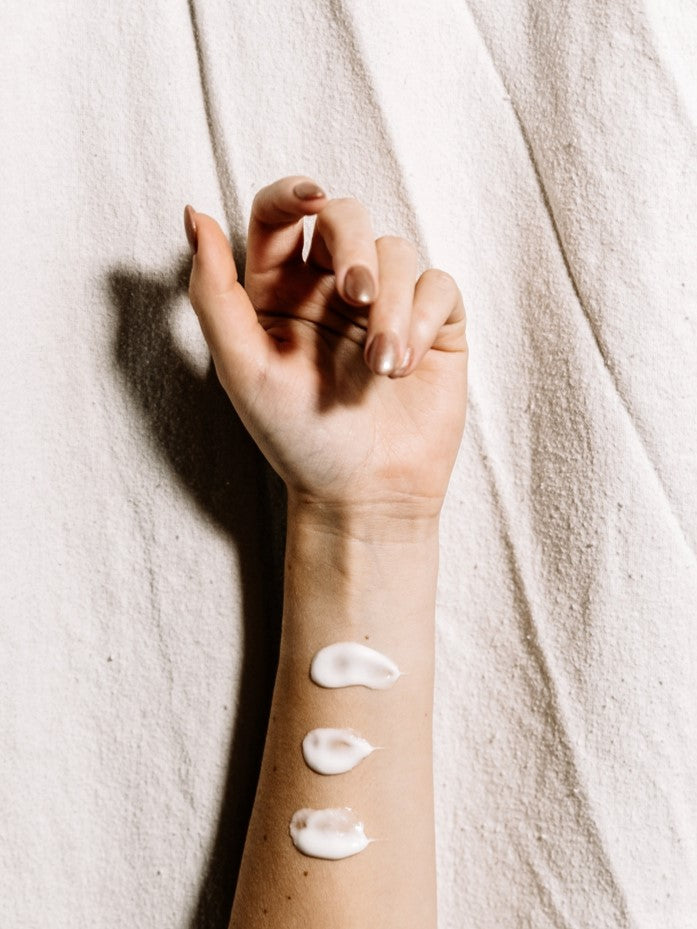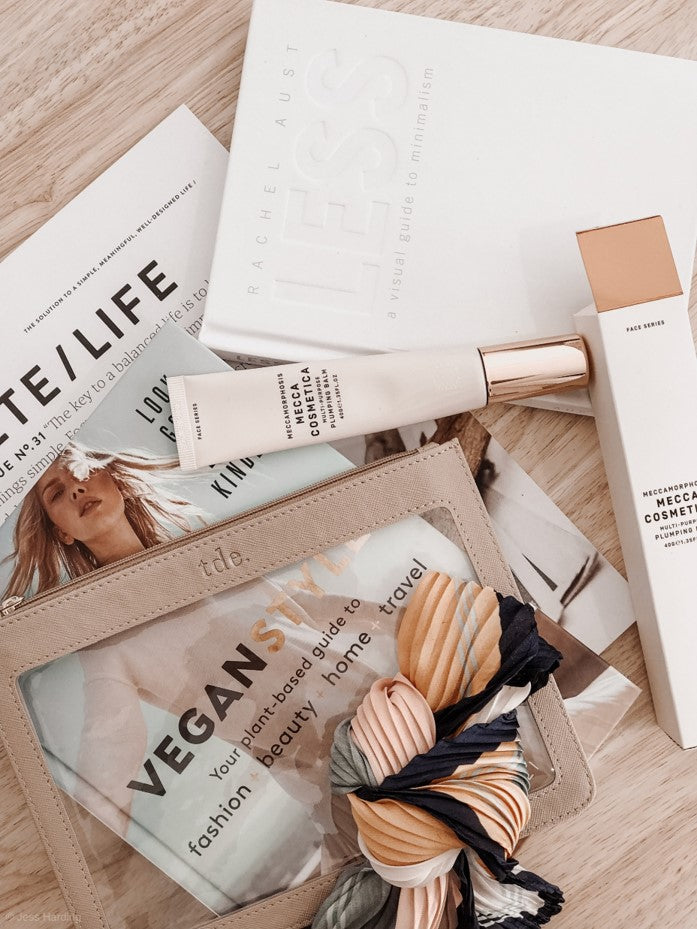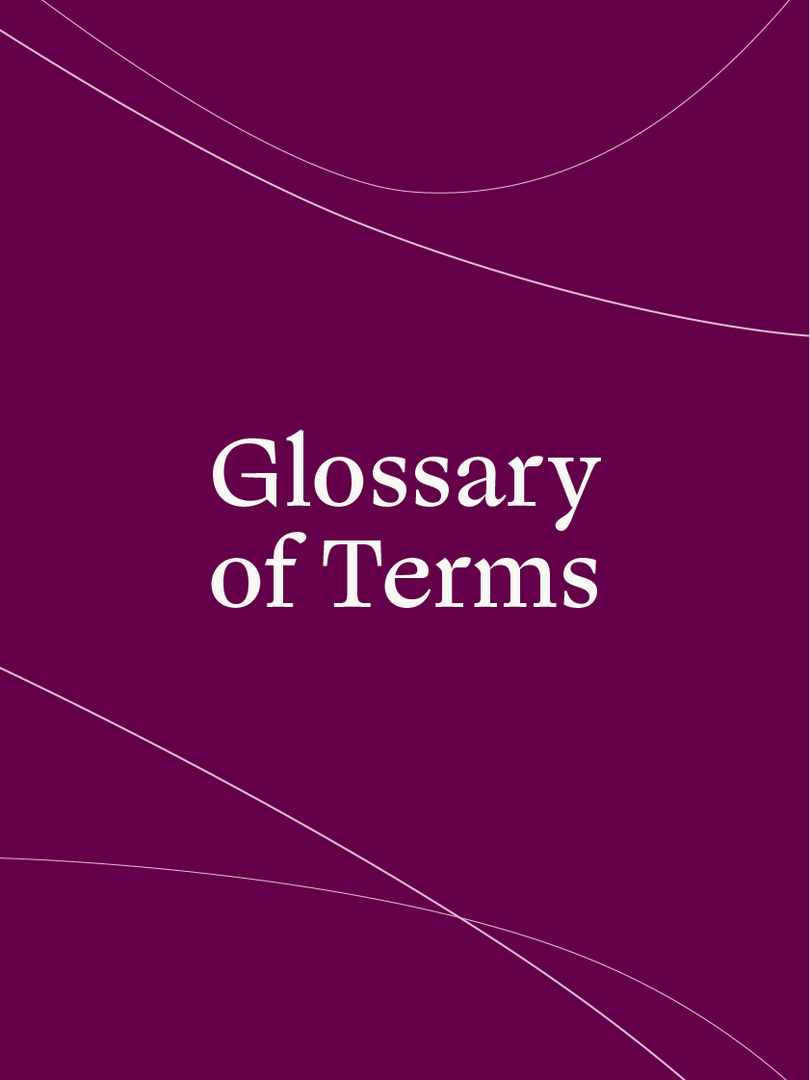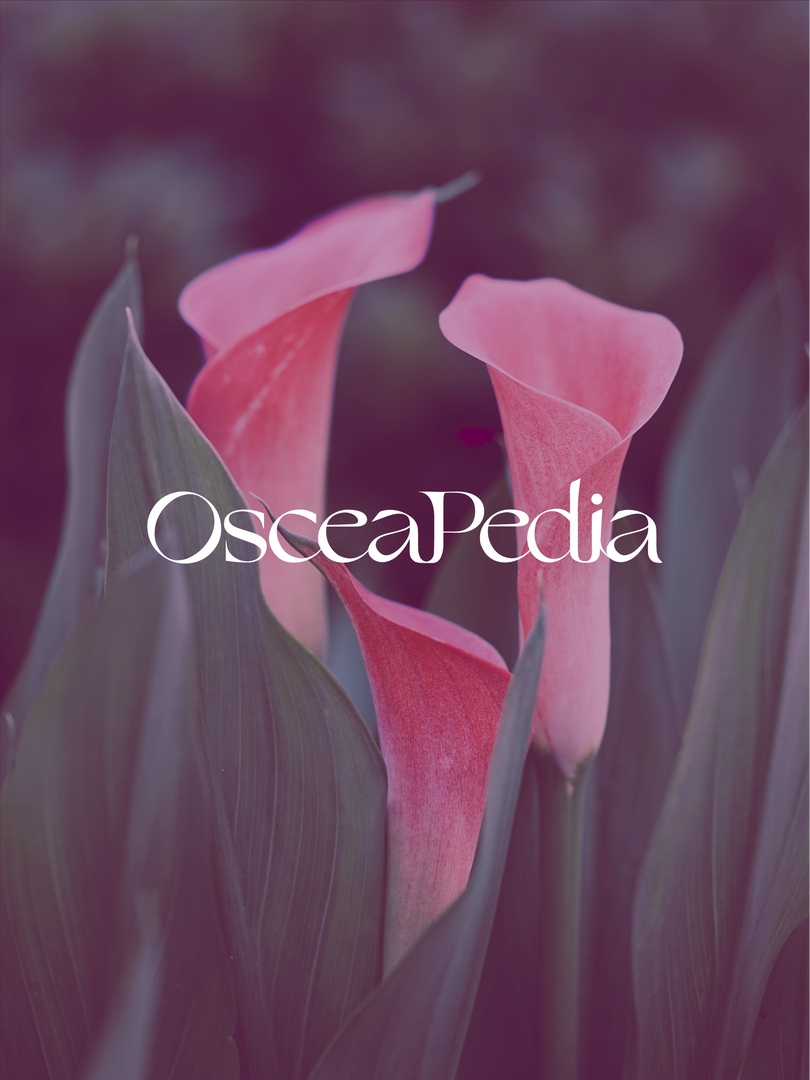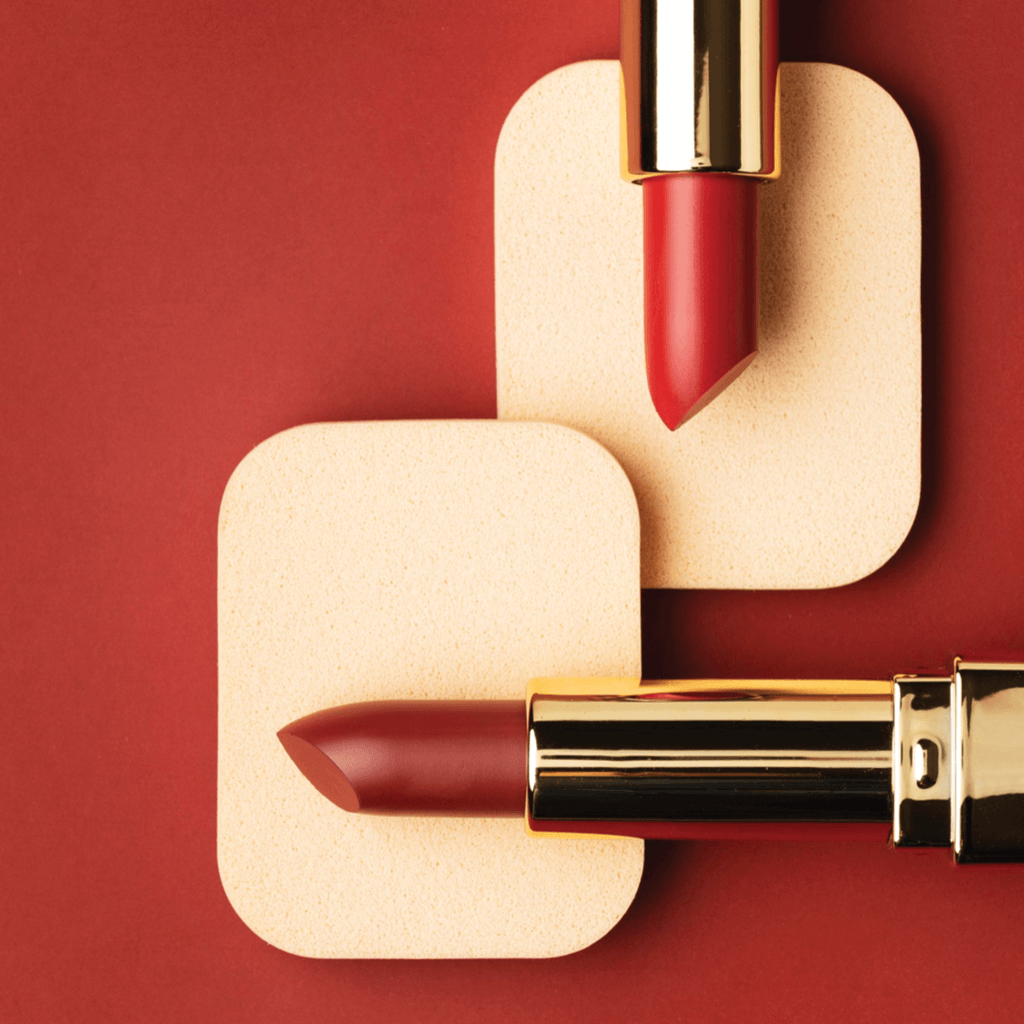When thinking of the disparities between the European Union and the United States, many things probably come to mind. While most aspects like art and food are lighter to compare, a toxic outlier has become the list of chemicals allowed in the beauty industry. To put it simply, the EU has banned over 110x more chemicals known or suspected to harm human health than the US has, and the US continues to fall farther and farther behind. 1,328 chemicals currently live on the banned list of the EU, while the US has outlawed just a mere 11. This disparity is harming the US population, and without government regulation on certain chemicals, our chemical intake will only increase as long term exposure to these toxins continues everyday.
While a Connecticut senator is in support of a chemical ban up to speed with the EU and California legislators are also advocating for the list of banned chemicals to expand, most of the US remains simply unaware of this problem. The US is falling behind on this very important issue, and in order to ensure your own chemical safety, educating yourself is the first step to taking back the power we have entrusted in our government. It is up to us to police our own products and learning about the most common yet toxic chemicals we come into contact with everyday and how to spot them on a label is a good place to start in avoiding them.
In this article, we will cover:Why does this major disparity between banned chemicals exist?
As previously stated, the EU has banned over 1,300 chemicals known or suspected to harm human health, while the US has banned only 11. The US is majorly lacking in regulation from the government on what chemicals are allowed in consumer goods, and what is required to be listed on the ingredient label. While the European Union has consistently shown dedication to protecting consumers of European makeup, the US has shown to strongly favor major corporations and companies producing consumer goods such as cosmetics and personal care products. In the European Union, manufacturers and companies importing chemicals for cosmetics are responsible for the safety of the products before they are up for purchase. Scientific justification and testing is required to provide how these products will affect not only human health, but also the environment. In the US, the government does not provide any specific regulation on safety testing for cosmetic products before they hit the market, only that they are liable for safety. If the product is proven not safe by consumers, the FDA can then step in to ensure the product meets the legal requirement for safety. The loophole of “fragrance” and “flavors” is another form of lack of transparency provided by companies and lack of regulation required by the US government. Hundreds of chemicals can be disguised as fragrance or flavors as the US does not require any explicit transparency on these terms. This way, companies can hide ingredients they do not want the consumer to see. These often include harmful toxins like phthalates or parabens. There is also no requirement for products to be tested for safety in the US. The EPA has even proposed stricter bans and safety tests run on chemicals like formaldehyde and asbestos, but no quick moves are being made to create a safer consumer environment. Overall, the US government does not seem to be concerned with safety of the consumer market, and it is our job to demand regulation and educate ourselves on these chemicals to remain safe.
What specific chemicals may be in my US beauty routine that are not found in European cosmetics?
A loophole chemical banned in the EU but unregulated completely in the US is fragrance. Fragrance is most likely on every ingredient label you have in your home, unless specifically stated as fragrance free. From deodorant to shampoo to various moisturizers, fragrance was most likely involved in the production and lurking on the ingredient label. The problem with fragrance is the US does not require companies to explicitly list out every ingredient that goes into the fragrance they use. Manufacturers who produce and sell fragrance to other companies are required to list out fragrance ingredients and safety concerns, but the transparency stops there. The company that then sells products with the fragrance can simply use the label “fragrance” if they do not want the consumer to know exactly what is actually inside. This means although chemicals like parabens, phthalates, and formaldehyde may be absent from the ingredient list, they could be masking under the term fragrance. This exact reason for having hidden chemicals is why the EU has banned this term from products. In fact, a study done by the Campaign for Safe Cosmetics and the Environmental Working Group, found that the average fragrance contained 14 “secret chemicals” not on the ingredient list.
Triclosan is another chemical banned in the EU but seen so commonly in personal care products such as cleansers, eye shadows, and deodorant. This chemical has been associated with reproductive developmental defects and hormonal effects. It absorbs quickly into the body and remains there, keeping the body living in a toxic state. This chemical also poses an environmental risk by remaining persistent after breakdown. For these safety risks, the EU has banned it from cosmetic use, but 75% of Americans are exposed to this chemical as seen in triclosan particles found in urine samples.
Phthalates are another chemical group in which specific harmful derivatives are banned for cosmetic use in the EU, but remain unrestricted in the US. They are used to improve the durability and longevity of plastics and commonly seen in cosmetics and nail polishes. This toxic chemical is linked to abnormal reproductive development in boys and sperm damage to men. It has also recently been linked to cause Attention Deficit Disorder in children when pregnant women are exposed. The argument by the FDA remains that the concentration of phthalates used in US cosmetics is usually so miniscule that the exposure will not have an effect on the human body. This neglects to consider how many products one uses daily with phthalates, and long term buildup from everyday exposure as the more serious consequences result from long term use.
Formaldehyde is another toxic chemical that needs to be banned in the US. This chemical is seen in almost any kind of personal care product as a preservative. The problem also does not lay solely on formaldehyde directly, but formaldehyde releasing agents, as it is naturally occurring. Formaldehyde is a human carcinogen and overall irritant. The most dangerous form of formaldehyde is the fumes resulting when heated. So our blowout solutions, heat protectants and keratin treatments should absolutely be absent from these ingredients. Common formaldehyde releasing agents are methylene glycol, quaternium 15, and 3 dioxane. This means when this specific chemical is heated, it turns into formaldehyde and releases fumes.
Another widely avoided chemical family is parabens. This class of chemical is becoming easier to avoid with popular companies putting labels on their products stating them as free from parabens, or recreating popular consumer items without them. These chemicals mimic estrogen in the human body and therefore are known as endocrine and hormone disruptors. Parabens also have been linked to breast cancer due to their ability to promote abnormal growth in breast tissue. Due to this toxic influence, parabens are not allowed in EU beauty products, but are still seen in various shampoos, deodorants, and cosmetics as a preservative in the US.
Found in over 400 lipsticks in the US cosmetic market, lead as a cosmetic ingredient is banned not only in the EU but in Canada and Japan as well. There is not a safe level of exposure to this toxic ingredient as stated by the Center for Disease Control. The younger population is the most susceptible to lead, as their bodies are still growing and lead exposure can negatively impact that. It can interfere with the ability to learn, and the way bodies develop. Lead exposure can result in delayed puberty and delayed teste development in boys. High levels of lead can lead to nervous system damage, kidney damage, and negatively impact the blood. Lead has also been seen to cross the placenta, meaning that pregnant women can be unknowingly exposing their unborn baby to lead. It has even been known to cause abdominal pain, and memory loss. Overall, lead is a cosmetic ingredient to be on the lookout for, since the US government has not officially banned this ingredient yet.
Several different PFAs are also banned in the EU, yet seen in many cosmetics in the US such as waterproof mascara. These long-lasting, plastic chemicals are used to give certain cosmetics water and smudge-proof properties. These chemicals are not only harmful to human health but have been named “forever chemicals” because this group of plastics break down extremely slowly over time in the blood and environment. There is an extensive list of health effects that come with PFA exposure. It has been linked to decreased fertility, developmental effects and delays in children, and increase in various cancers such as kidney, prostate, and testicular. These chemicals are seen in the highest volume in long-wear, waterproof products which tend to be a part of many beauty routines, especially in the summertime. For this reason, it is best to avoid these waterproof products.
How can I as a consumer remove these chemicals from my everyday life?
With knowledge comes power, so educating ourselves on chemicals and how to spot them on an ingredient label is the most important way to ensure our safety. Researching individual ingredients on a label before purchase is the best place to start. The EWG has a feature on their website ranking chemicals from 1-10 on health hazards, 1 being the safest and 10 being the most hazardous. They tell you what the specific hazards and specific allergens are so you can cater your own list of chemicals you know will not work for you. They even rank some products as a whole, so searching a brand or product on the EWG site is a quick and easy way to educate yourself on an item before purchase. The term “paraben” or “phthalate” will most likely never be written on the label as is. They can hide under the “fragrance” or “flavor” terms, or have a suffix such as “methylparaben” or “dibutylphthalate”. Choosing products without fragrance or parfum is a way to ensure complete transparency on a label as these are common harborers of the most toxic chemicals.
Understand that not all products are created equal, even if the packaging claims it is. Just because a company claims its product is natural, clean, or green, does not necessarily mean it is. With sustainability and clean products on the rise, companies are capitalizing off this market by greenwashing their products. “Natural” means nothing as there is no legal requirement for a product to be claimed as such. Do not simply select a product because it sounds sustainable or green, look for proof. Companies with actual credibility will almost always let you know by displaying it on the product or website, so if you have to hunt for proof, it most likely does not exist.
Shop items from brands who are transparent. Not all products are going to be free from fragrance, but all fragrance should be transparent. Henry Rose is a fragrance company with 100% transparent ingredient lists. They are EWG verified and free from phthalates, parabens and formaldehyde. Dip is a hair care company who uses fragrance in their shampoo and conditioner bars, but has an extremely transparent fragrance ingredient guide and website in general where they answer common questions and even have a chat feature where you can get additional questions answered. They are sulfate, phthalate, silicone, and paraben free. They also do not pay influencers to endorse their product, so what you hear is what you get.
Experiment! It is important to keep in mind that not all natural products are going to work for you. When making the transition to a cleaner beauty routine, it is also important to remember that we have been using these chemicals our entire lives, so detoxing from them may take some time to find products that give us the same results, just without all the junk. For example, it is said it takes from 2-4 weeks to detox from aluminum deodorants when transitioning to natural deodorant options as our bodies are used to having these synthetic chemicals. The same goes when transitioning from shampoos heavy with sulfates and parabens, your hair will not look or feel the same initially after starting the detox. Allow your body time to adjust before making decisions about what products work for you.
Conclusion:
With an already booming industry and only set to grow exponentially in the coming years, beauty products in the United States are something that requires extreme attention and further regulation from the government. The safety and transparency of its products are not up to date with a majority of other nations, especially the EU. As consumers, we must now take the responsibility of regulating the products ourselves. Learning to read ingredient labels, experimenting with products, and supporting transparent brands is the only way to ensure our own safety when it comes to our cosmetics. Not all products are created equal, so choose wisely when it comes to the chemicals we expose ourselves to daily.
Sources:
- https://www.ewg.org/news-insights/news/cosmetics-safety-us-trails-more-40-nations
- Not-so-sexy
- https://www.ncbi.nlm.nih.gov/pmc/articles/PMC6126357/
- https://www.cancer.gov/about-cancer/causes-prevention/risk/substances/formaldehyde/formaldehyde-fact-sheet
- https://www.bcpp.org/resource/parabens/
- https://www.sciencedirect.com/science/article/pii/S0269749121016031
- https://www.epa.gov/pfas/our-current-understanding-human-health-and-environmental-risks-pfas
- Information-requirements
- https://www.fda.gov/cosmetics/cosmetics-science-research/product-testing-cosmetics


